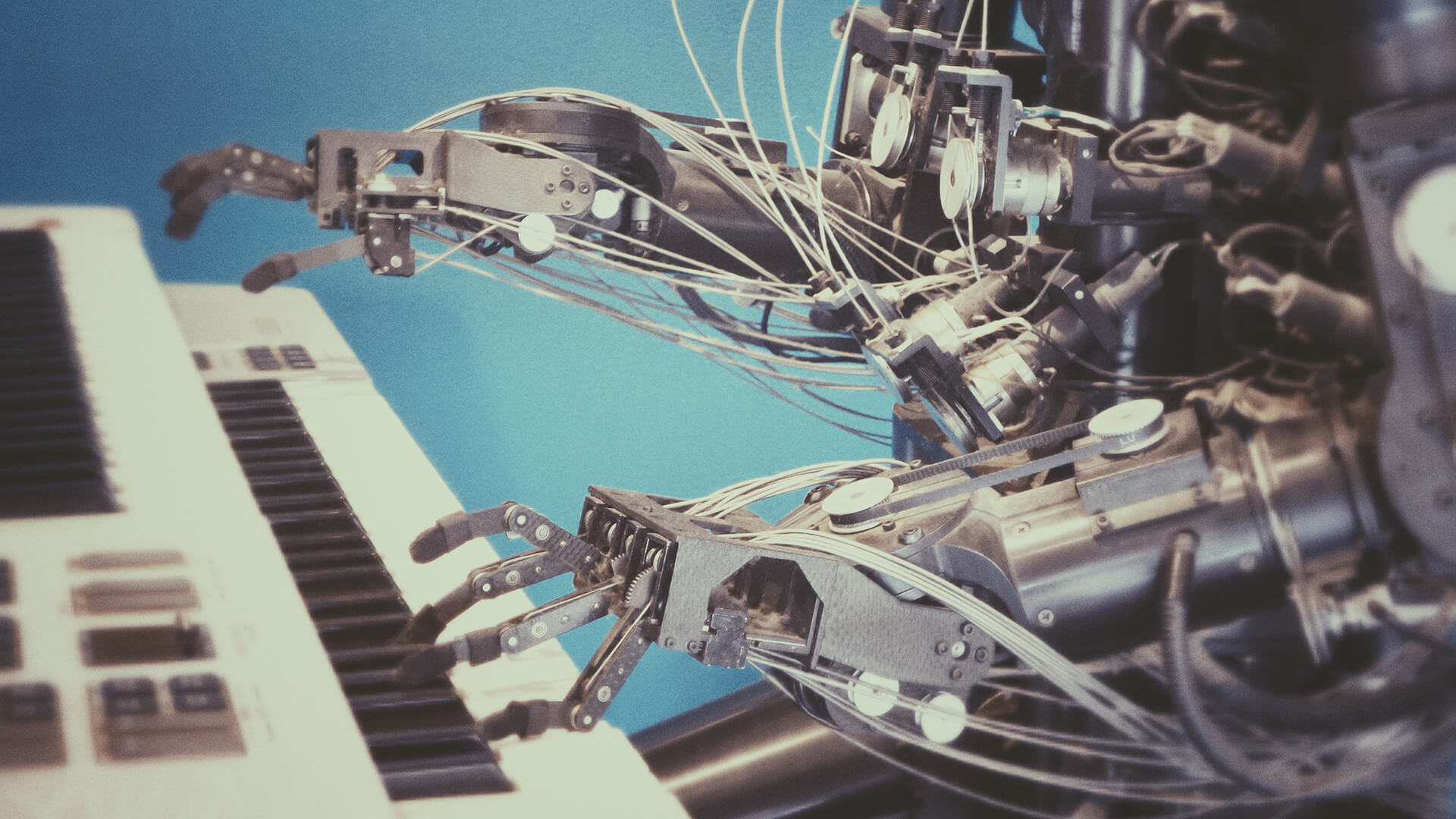Big Data is a term that describes the large volume of data – both structured and unstructured. The concept became popular in the early 2000s when industry analyst Doug Laney came up with three ‘V’s termed as the identifiers of Big Data – Volume, Velocity & Variety. The process of examining big data is called big data analytics.
Big Data is primarily the result of information explosion. This is largely due to the rise of computers, the Internet and technology capable of capturing data from the world we live in. Look at these huge numbers in the image to get a sense of the monstrous data sitting around and can be analyzed.

If I think of comparing Big Data analytics to something, it will be ‘gold mining ‘. You have a big mountain of dirt waiting to be cleaned and sorted out, all you get is a tiny weeny piece of gold (if you are lucky enough) at the end. That’s the whole idea – Deriving the most shiny and valuable information out of the huge dynamic volume of unstructured data to help the businesses grow and serve happy customers.

Applications & Advantages of Big Data Analytics
Talking about what Big Data can do, we have an abundant number of use cases that can vouch for applying Big Data analytics to bring in success and innovation.
Understanding and Targeting Customers
Target announcing the happy news – What if a retail shop announces your pregnancy even before you do? It is true. Looking at the shopping patterns of women, this US retailer giant can predict when their customers can have a baby and approaches them with offers on potential baby products.
Starbucks go through mounds of coffee beans to satiate its raving fans, but they also have mounds of data that they leverage in many ways to improve the customer experience and their business. With 90 million transactions a week in 25,000 stores worldwide, the coffee giant is using big data and artificial intelligence to help direct marketing, sales and business decisions.
Optimize business and employee performance
For example, one company, Sociometric Solutions, puts sensors into employee name badges that can detect social dynamics in the workplace. One of the company’s clients, Bank of America, noticed that its top performing employees at call centers were those who took breaks together. They instituted group break policies and performance improved 23 percent. Big Data Analytics has been proved to increase employee retention and satisfaction thus cutting down the attrition rate in many companies.
Health care
Data-driven medicine involves analyzing vast numbers of medical records and images for patterns that can help spot disease early and develop new medicines. The Ebola virus outbreak offers strong evidence of the important role big data can play in epidemic tracking. Also not to forget the growing popularity of wearable devices – All thanks to Big Data.
Cyber Security
Companies and key analyst firms are recognizing that the security challenges can be overcome with big data analytics. According to Gartner, 25 percent of large global companies have adopted big data analytics for at least one security or fraud detection since 2016.
The applications and advantages of Big Data do not end here and are on increase day by day. Many Solutions are out in the market to harness this immense wealth of data and there is no doubt that If Big Data is capable of all this today – just imagine what it will be capable of tomorrow. The amount of data available to us is only going to increase, analytics technology will become more advanced and it will become critical for the businesses to be part of this data revolution or expect to be soon left behind.
We practice Big Data in the e-commerce integrated ERP solution we provide in SaaS model, also as a part of our analytics development services to our customers, who benefits from huge amount of data analysis.



